Very soon after the outbreak of the First World War, so many wounded soldiers had to be placed in the public health facilities of the capital that in the autumn of 1914, the army built a barracks hospital in the area between Határ Road - Üllői Road - Ecseri Road - Gyáli Road. In 1915, the military hospital took the name of Archduchess Marie Valerie, the youngest daughter of Franz Joseph I.
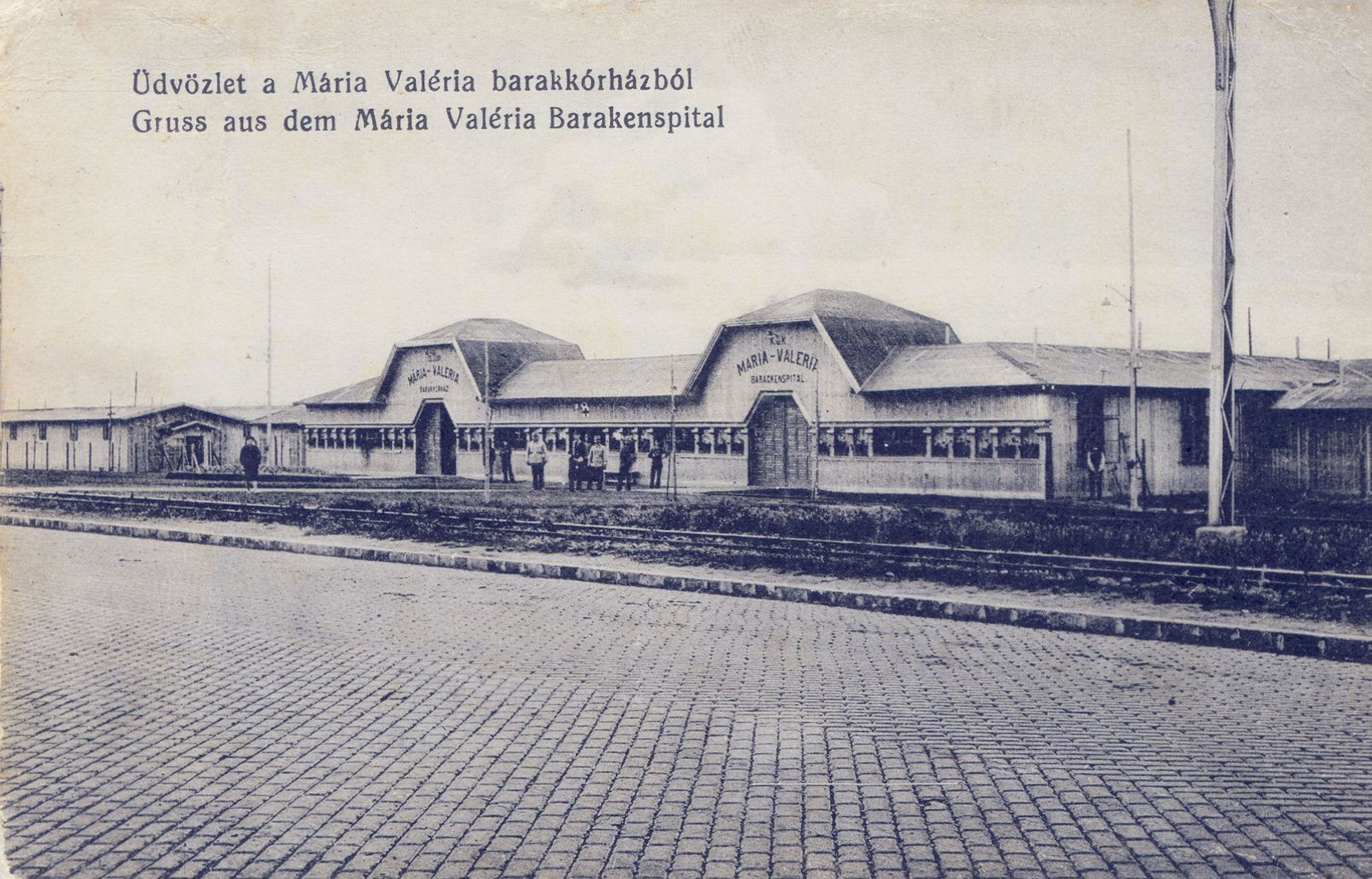
The hospital complex on a postcard from 1915 (Source: Ferencváros Local History Collection)
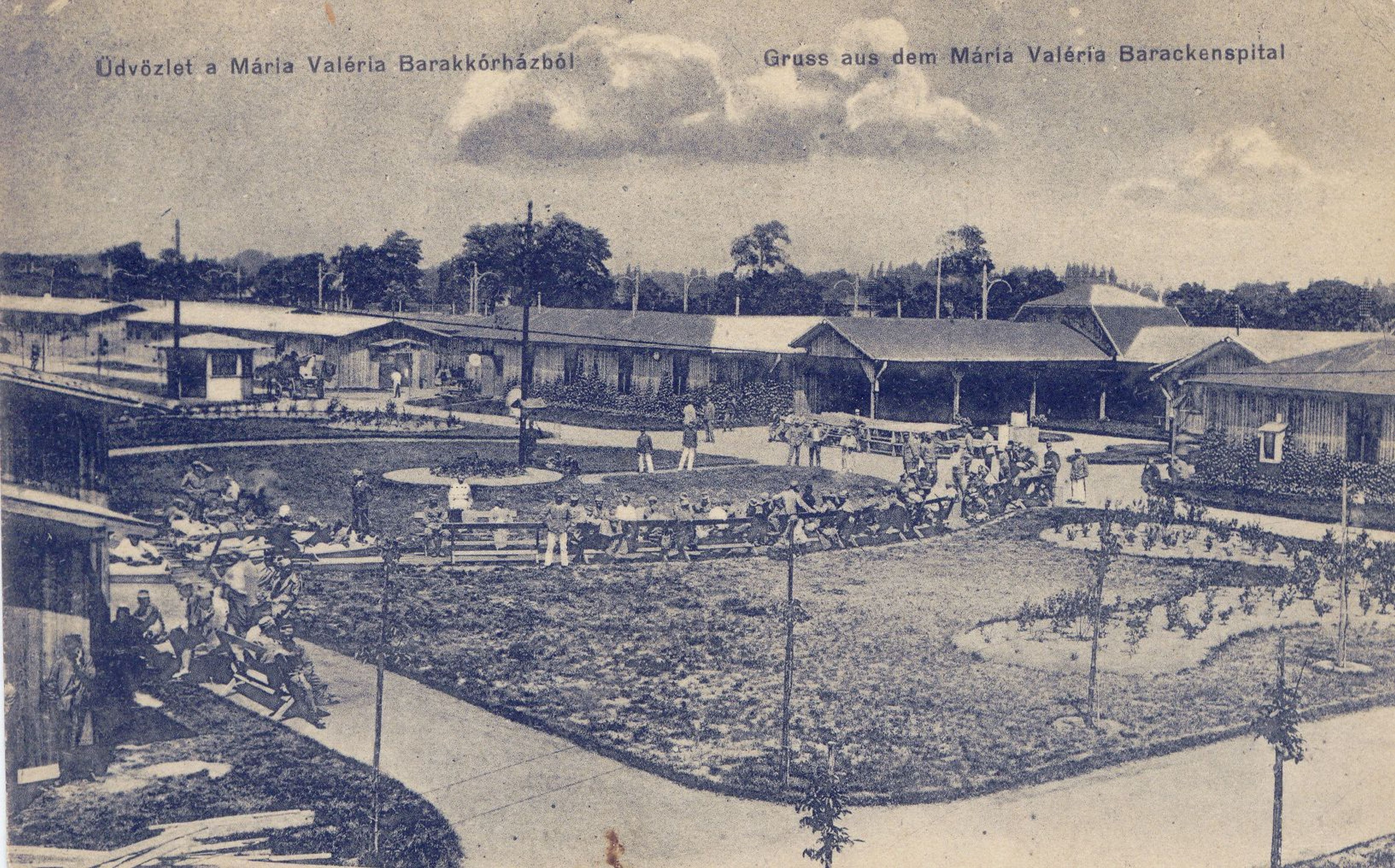
The hospital complex on another postcard from 1915 (Source: Ferencváros Local History Collection)
In 1918, the settlement was fenced off and some of the wooden barracks were converted into a prisoner of war hospital. With the end of the war, more and more refugees arrived in the capital from the detached areas. One of the consequences of the wave of refugees was the immeasurable lack of housing. Therefore, the state started the construction of emergency housing estates, 17 settlements were established in and around Budapest, among them the “Marie Valerie” with the largest capacity.
In 1920, the housing estate split into three parts. According to the official wording, the small town dwellings' 54 brick barracks closer to Határ Road were separated from the central estate of 80 wooden barracks and the 16 larger brick buildings at Ecseri Road. In 1924, new residents came to the housing estate. Families with many children who had been displaced from elsewhere because of their rent arrears replaced the Trianon refugees, most of whom were able to be placed in more comfortable workers' or officials' settlements.
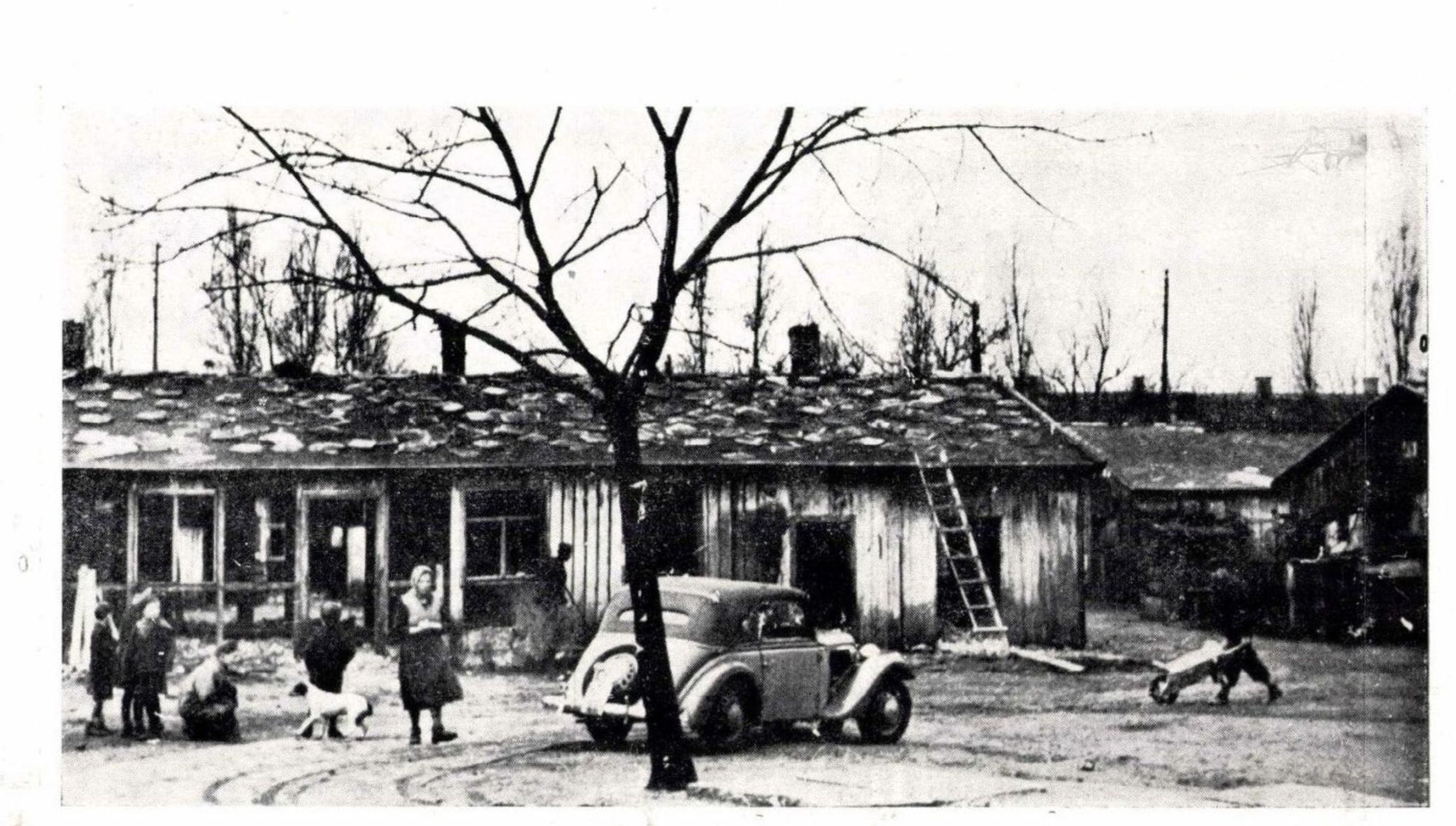
Photo from Tér és Forma, Issue 3, 1942.
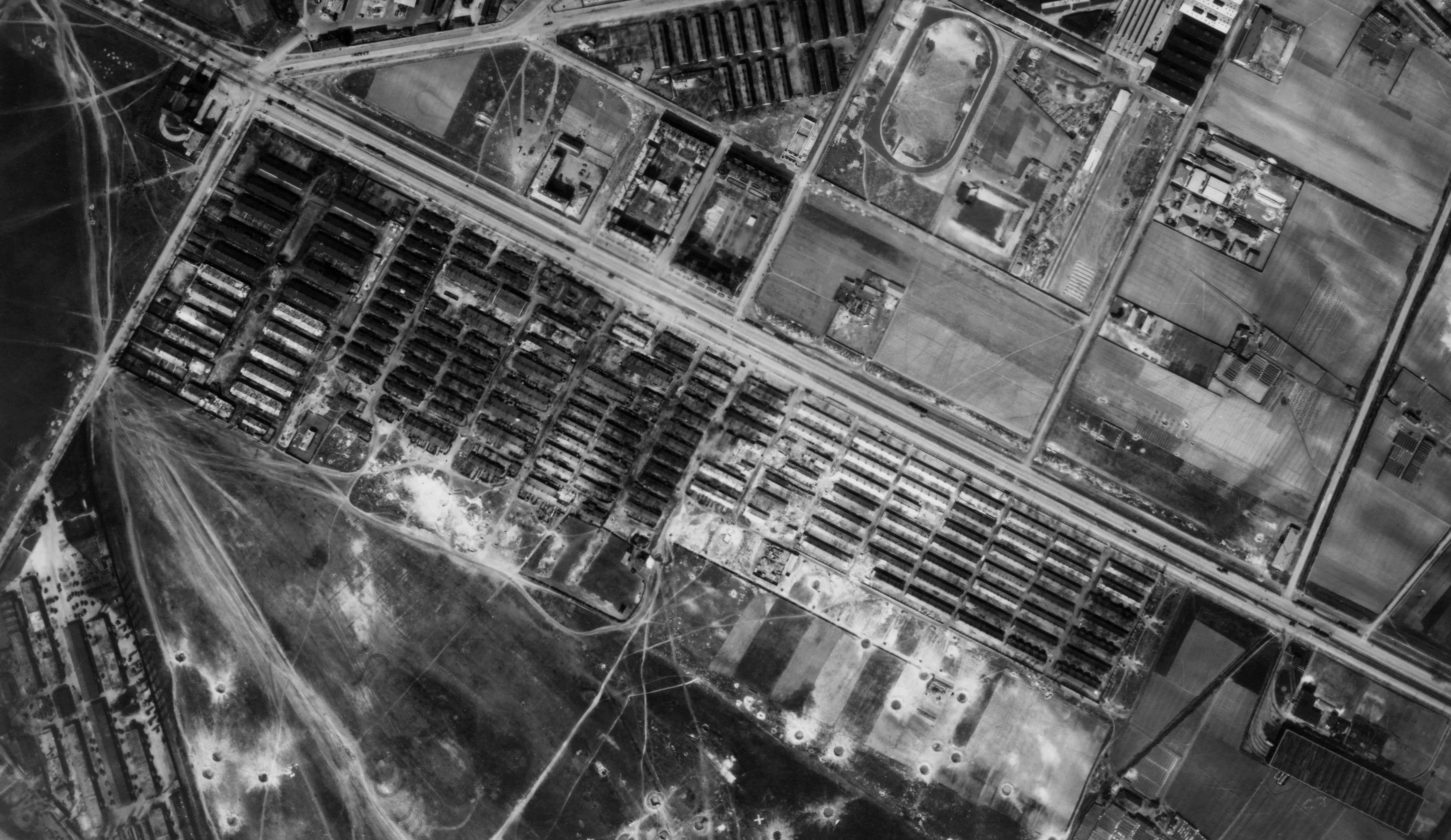
The Marie Valerie emergency housing estate in a 1944 aerial photograph (Photo: Fortepan/No.: 109177)
At that time, 22 rooms with kitchens were built in each barracks. Then, to alleviate the worsening housing shortage, the one-room flats were converted into single-cell flats, with families with up to seven members moving into the kitchen of the flats and families with at least eight members being given the rooms. The tops of barracks were usually covered with tar paper. Due to poor insulation, the walls were damp and the rooms were windy. At the end of the barracks, common toilet and shower rooms were created.
A real slum developed here, which the contemporary press also called the “shame of the capital”. According to official figures, about ten thousand people lived in the housing estate, but the number of people who got at least one bed here is probably 15-20 thousand. In 1942, the Marie Valerie housing estate was modernised, and the brick buildings were connected to the water supply and sewerage network, but this only alleviated the problems, but did not solve them. There was no real improvement in the quality of life of the people living here after 1945. Of course, life still found its way, no matter how poor the people lived, they tried to live as a community. They even had their own garden cinema, which the public called “Lavór Mozgó”.
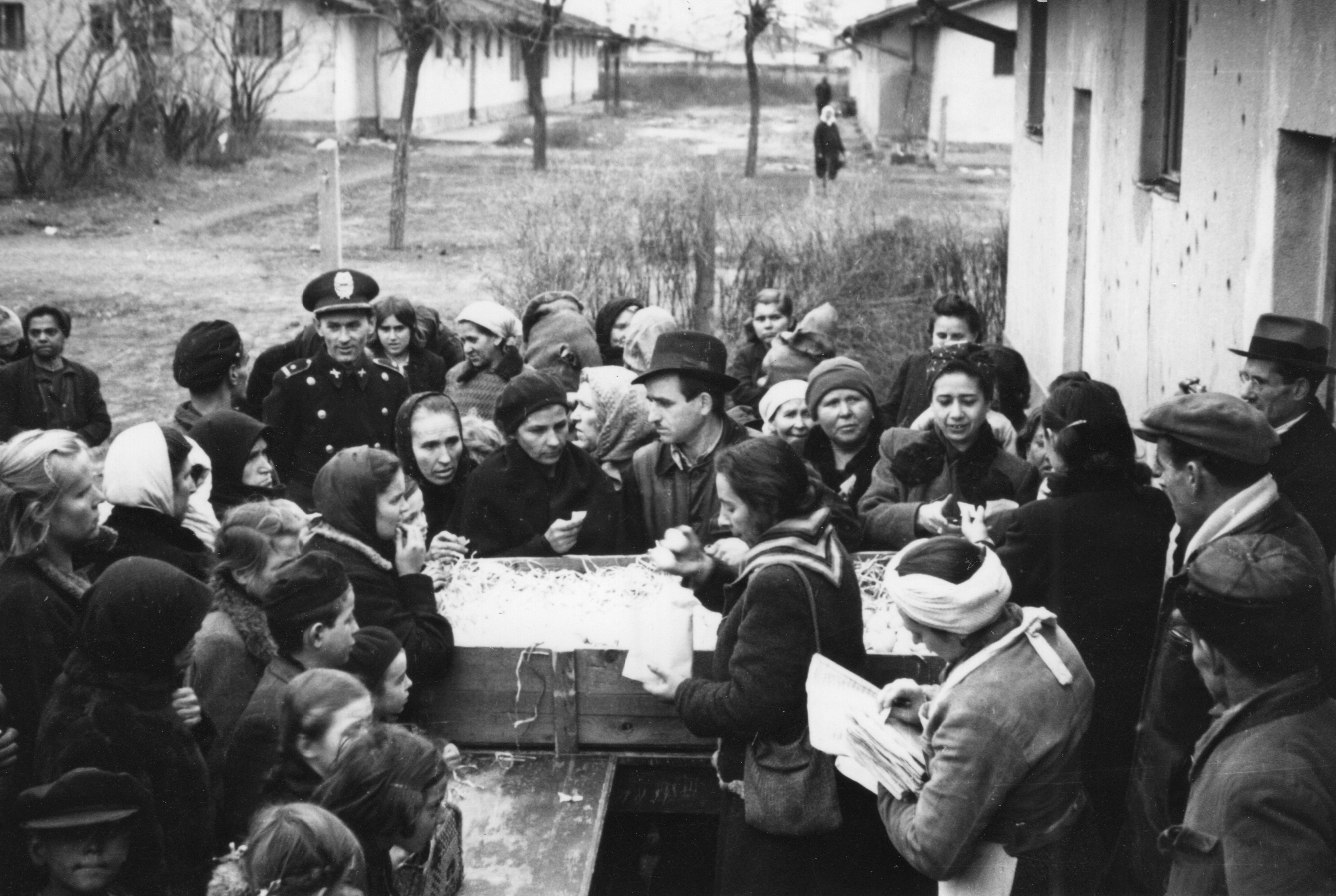
Distribution of eggs on the housing estate in 1946 (Photo: Fortepan/No.: 126883)
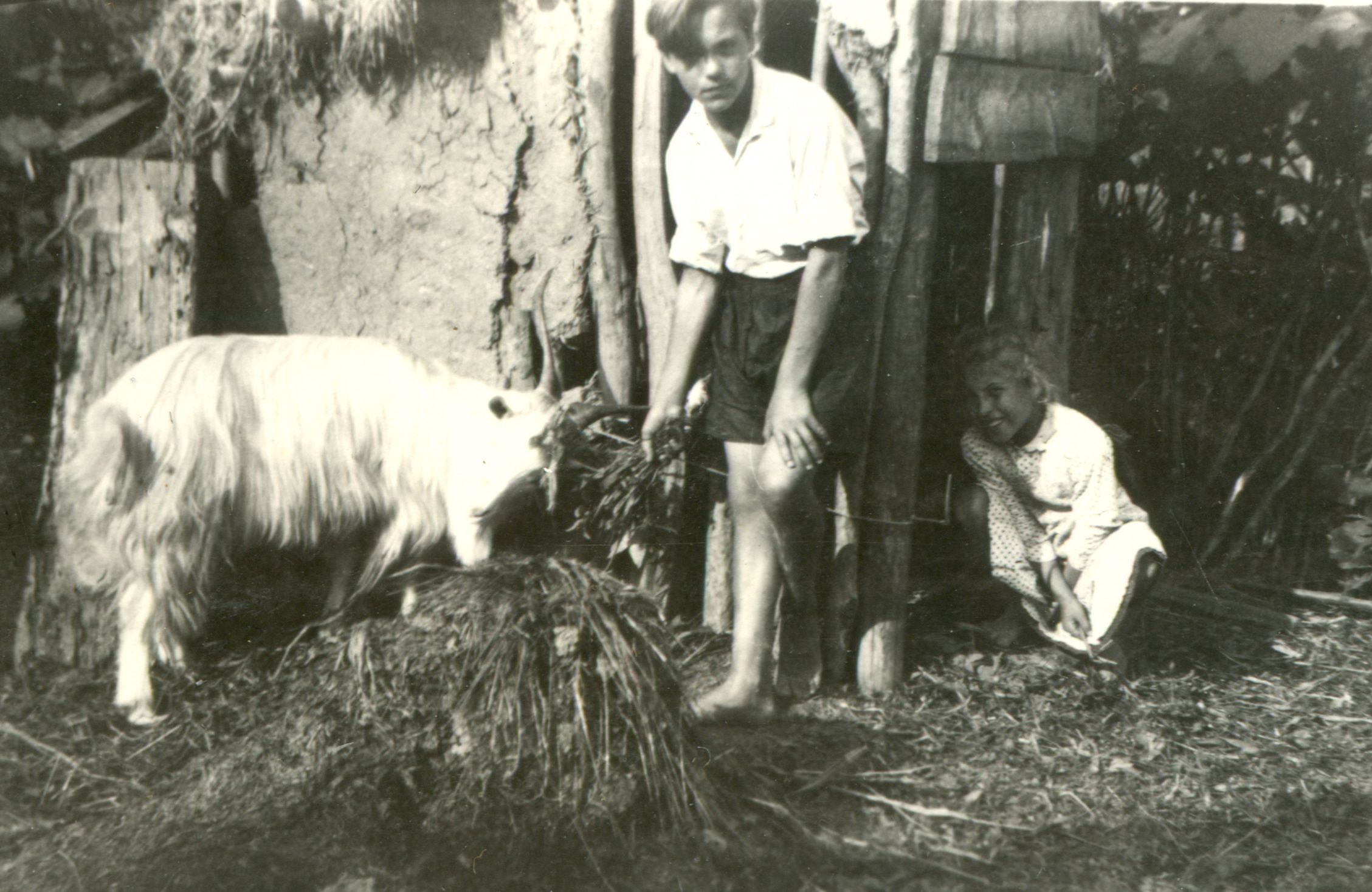
Picture of life from 1954 (Source: Ferencváros Local History Collection - János Kovács)
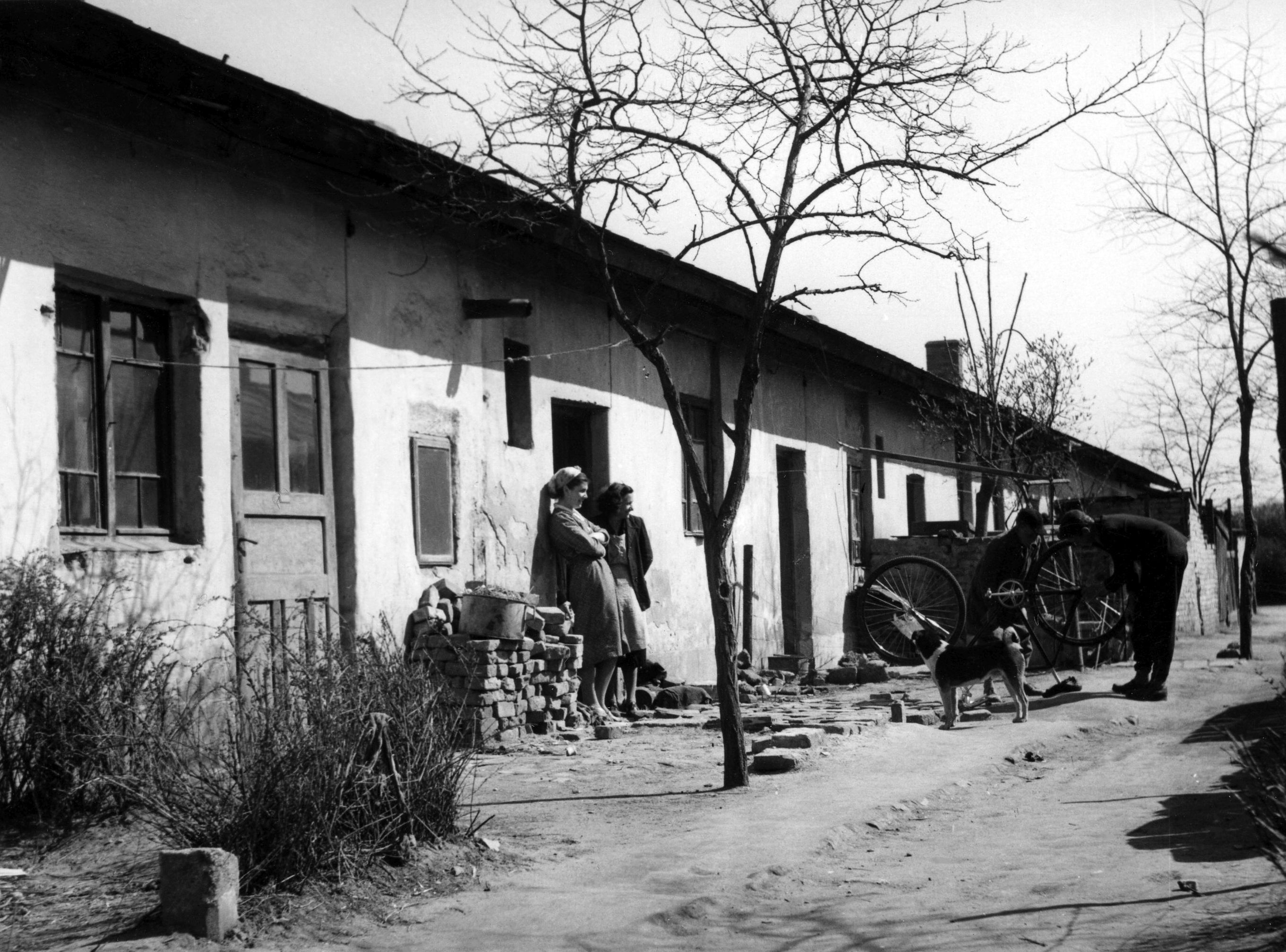
Picture of life from 1957 (Source: Ferencváros Local History Collection)
The miserable and unhealthy houses of the Marie Valerie housing estate began to be demolished in the second half of the 1950s, on 7 October 1957. Several ideas were born for the construction of the residential area to be built in its place, but in the end the construction plans of Árpád Mester were approved. In 1952, he envisioned a so-called Soviet-type, densely built-up, square-meshed street structured housing estate, but not long after that, he made another version that gave much more space to the green spaces, and in addition to the non-straight streets, each residential building could function as an independent small island.
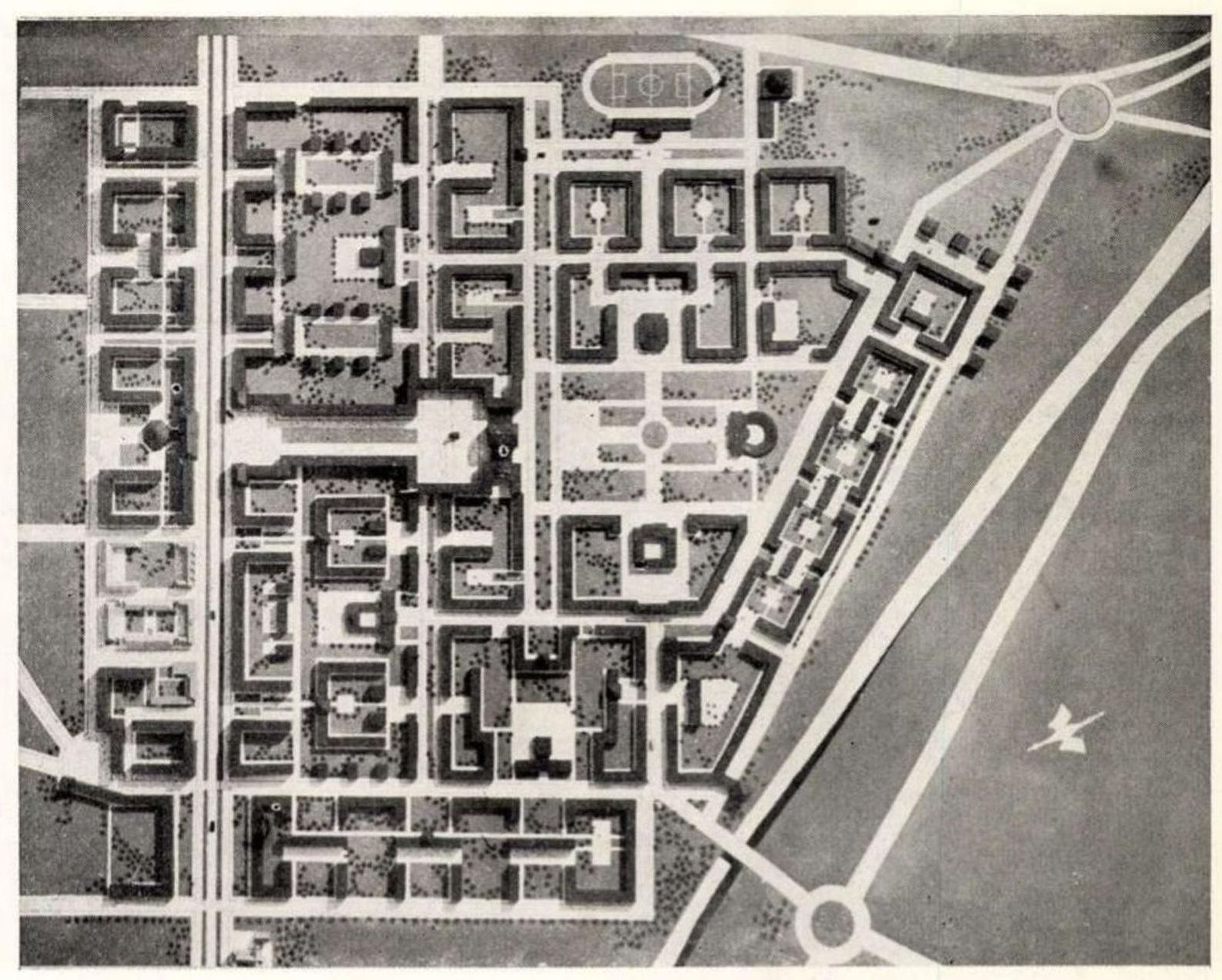
The first plan of Árpád Mester from 1952 (Source: Magyar Építőművészet, 1959/2)
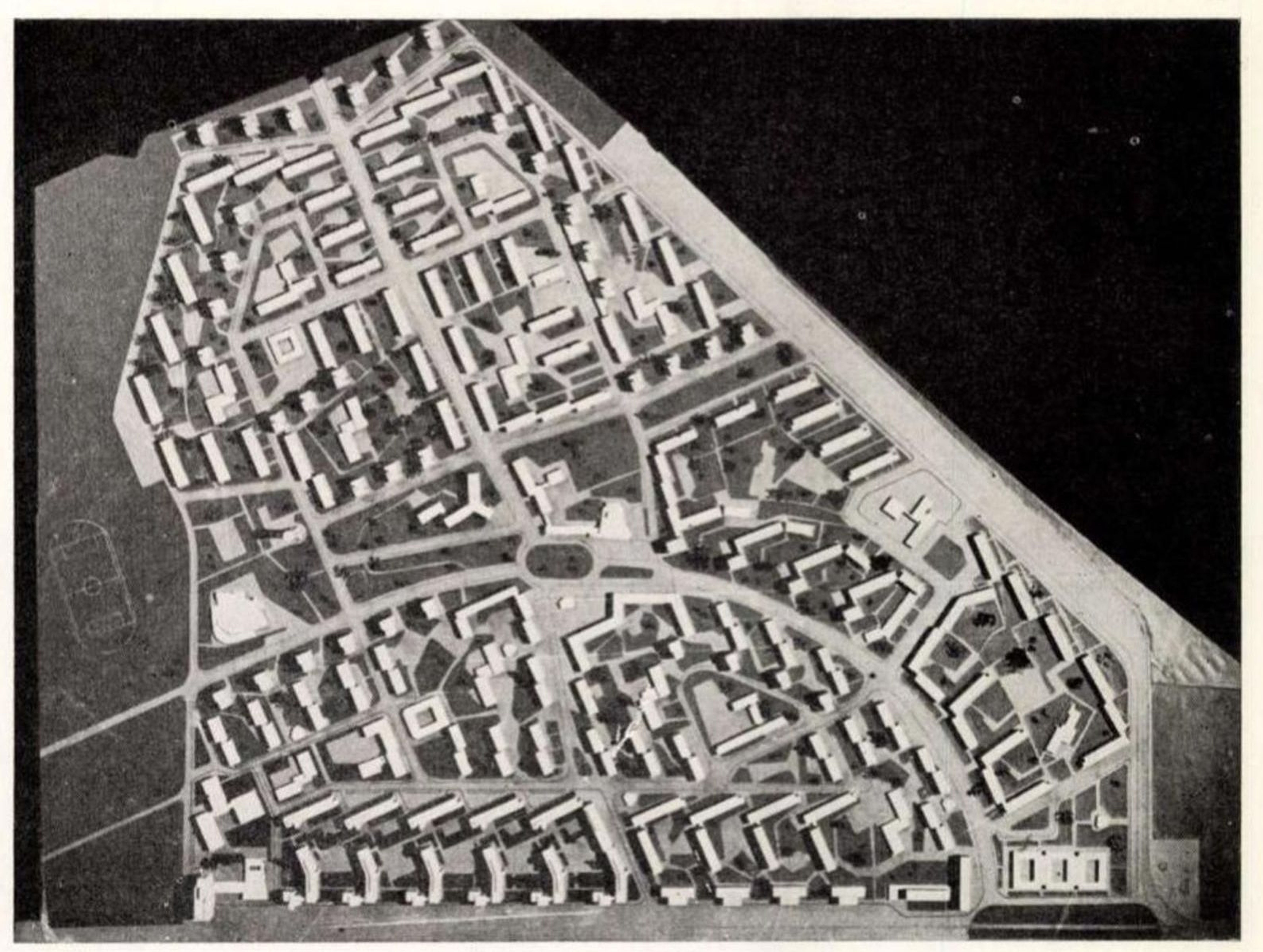
The second plan of Árpád Mester from 1954 (Source: Magyar Építőművészet, 1959/2)
Construction took place in 4 large-scale phases until 1981, and in addition to the residential houses, almost every public institution originally envisioned was built. The first school was handed over at 13 Ifjúmunkás Street in September 1961, followed by a number of primary and secondary schools. The largest grocery store in the country was built in 1964 at 10 Napfény Street. In May 1966, the house of culture named after the painter István Dési Huber was opened in Toronyház Street, and a year later the Ezüstsirály restaurant-confectionery-café followed.
A sports field was established in 1967, and the following year the Budapest Horticultural Company planted 30 pieces of 8-10-12 year old trees from City Park to the József Attila housing estate, and on 3 April 1968, the Great Playground occupying two hectares was handed over. We could list the other investments that increase the feeling of comfort, but the history of the József Attila housing estate, which is still going on today, deserves another independent compilation.
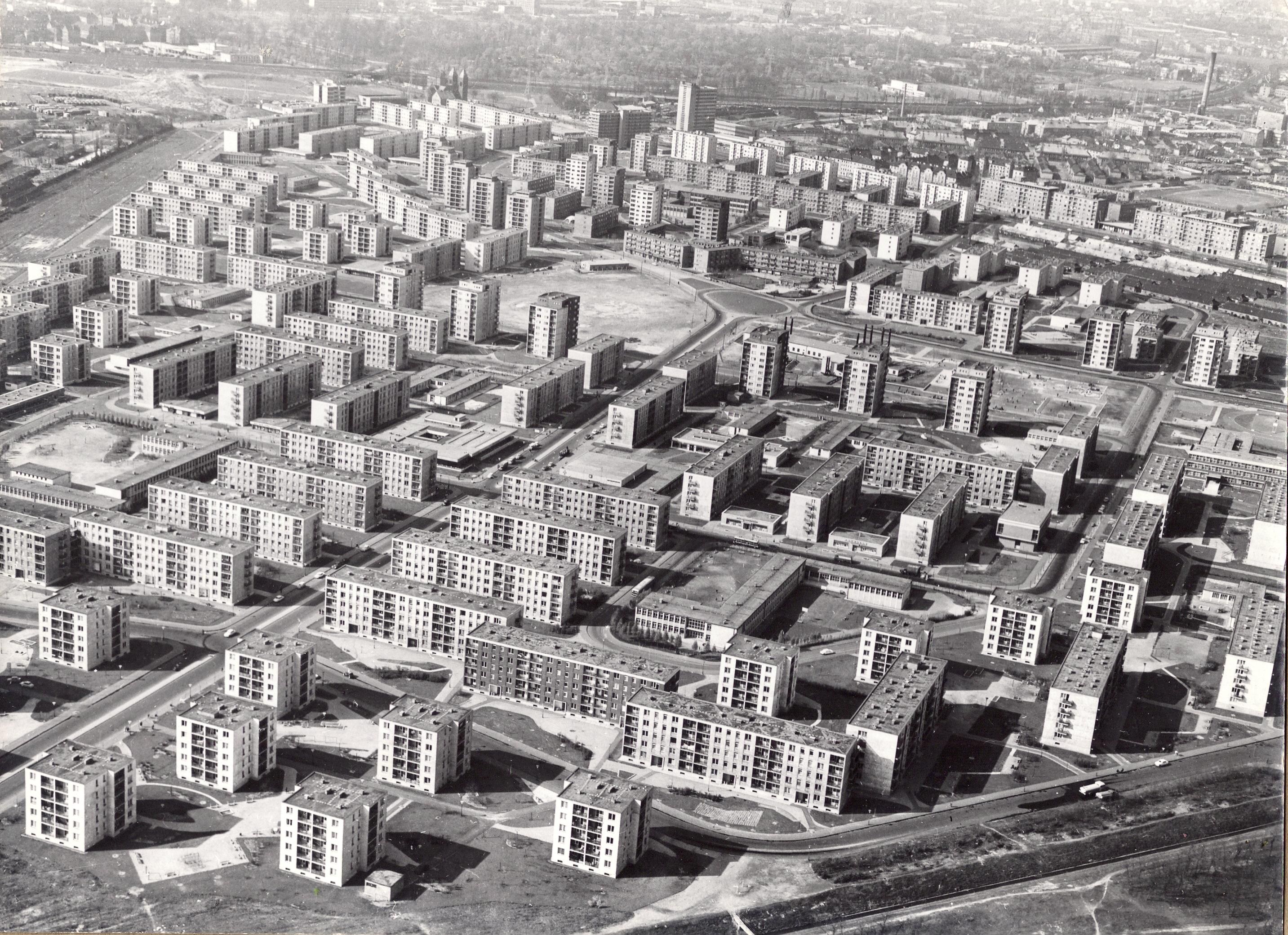
The József Attila housing estate around 1970 (Source: Ferencváros Local History Collection)
Cover photo: The buildings of the Marie Valerie housing estate photographed towards Üllői Road in 1976 (Photo: Fortepan/No.: 25813)

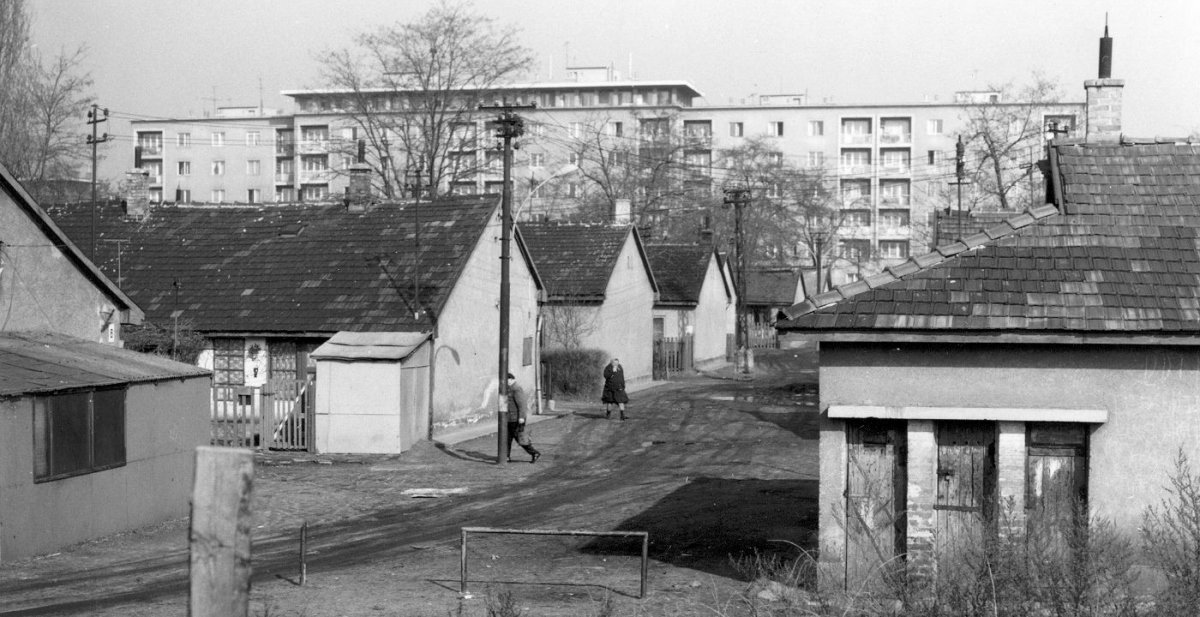


































Hozzászólások
Log in or register to comment!
Login Registration